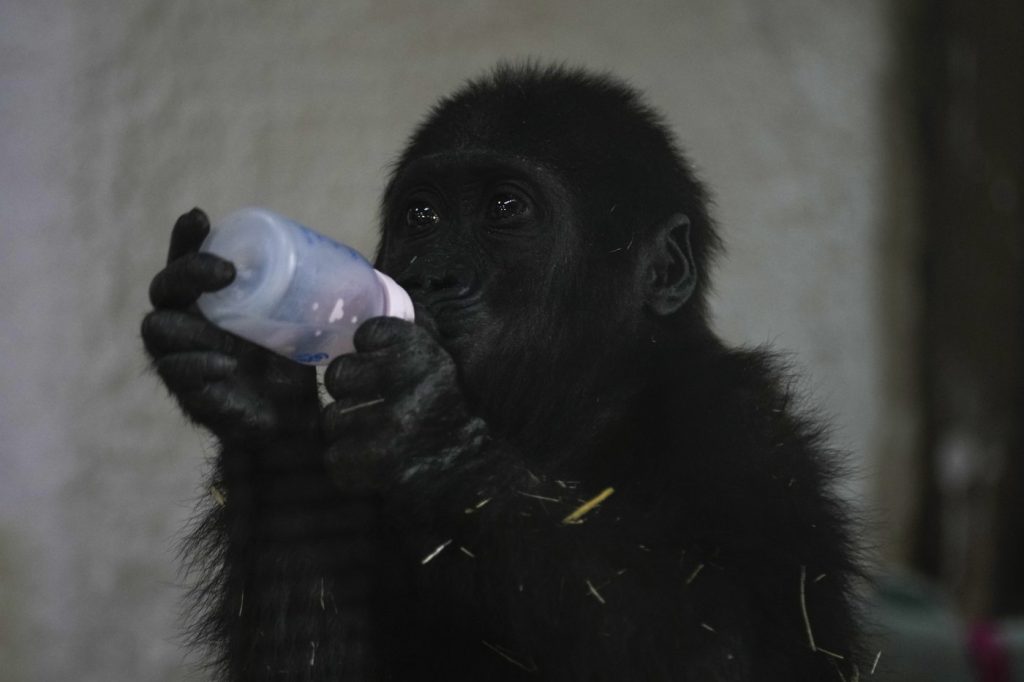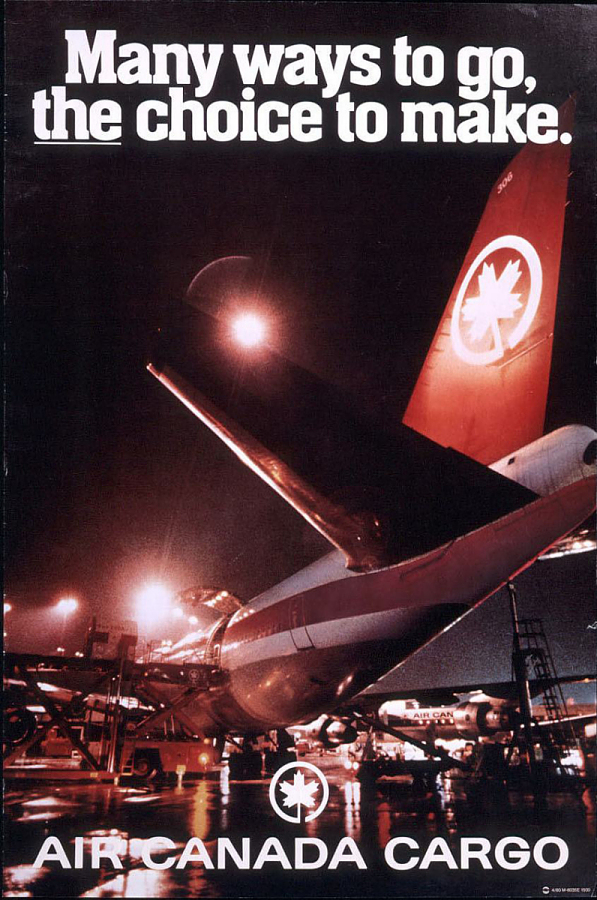In Havana, Cuba, women are increasingly gravitating toward extravagant nail art, despite the significant economic struggles faced by the population. Many are willing to invest in intricate designs and exceptionally long nails, highlighting a distinct trend in a country where most citizens have limited disposable income. The pursuit of beauty contrasts sharply with the harsh realities of day-to-day life, characterized by long lines for public transportation, frequent power outages, and an ongoing economic crisis that complicates nearly every aspect of living.
The rise in popularity of elaborate nail designs in Cuba mirrors global trends, but stands out due to the unique challenges Cubans face in acquiring materials and services. For some local artisans, such as manicurist Marisel Darias Valdés, the craft has turned into a lucrative business opportunity within the constraints of Cuba's limited private sector. Operating from her home in Havana, Darias spent nearly six hours applying and decorating acrylic extensions for her client, Mariam Camila Sosa, who chose the cartoon character Sponge Bob for her nail art—reflecting a personal touch that resonates with her daughter’s preferences.
Darias explained that the lengthy and artistic nature of her work has transformed from quick table manicures to detailed art forms, as Cuban women maintain a strong dedication to their personal aesthetics, often prioritizing grooming over other basic necessities. She emphasized the evolving nature of nail services, stating, “Now it’s all become art; it’s not just fix them and you’re done.” There are no official statistics regarding the number of nail salons in Cuba, but the pandemic has catalyzed the emergence of private spaces that elevate nail art to a recognized form of expression.
In addition, many manicurists have adapted to the digital age by establishing social media presences, which serve as platforms for marketing their unique skills and drawing in clients. For instance, manicurist Dayana Roche highlighted the significance of social media in her work, noting that it is essential for attracting customers. While some of these artisans have university degrees, many find that nail artistry provides a viable income in light of Cuba’s tough economic environment.
The pricing for nail services varies significantly based on the complexity of the design, ranging from $10 to $40. In a country where the average state salary hovers around 5,000 Cuban pesos (approximately $13), this amount represents a considerable expenditure for their clients. Most materials required for nail art, including professional nail polish, are imported from the United States or Panama, making them expensive and not always readily available. Darias mentioned that even a small bottle of professional-grade nail polish can cost around $15.
Miralys Maura Cruz, another Cuban woman, expressed her attachment to her two-inch crystal-adorned nails, remarking, “Without my nails, I’m nobody. I know they are not cheap, and nails are a luxury; it’s my luxury.” This sentiment underscores the emotional and cultural significance of nail art as a form of self-expression in the face of economic hardship.










